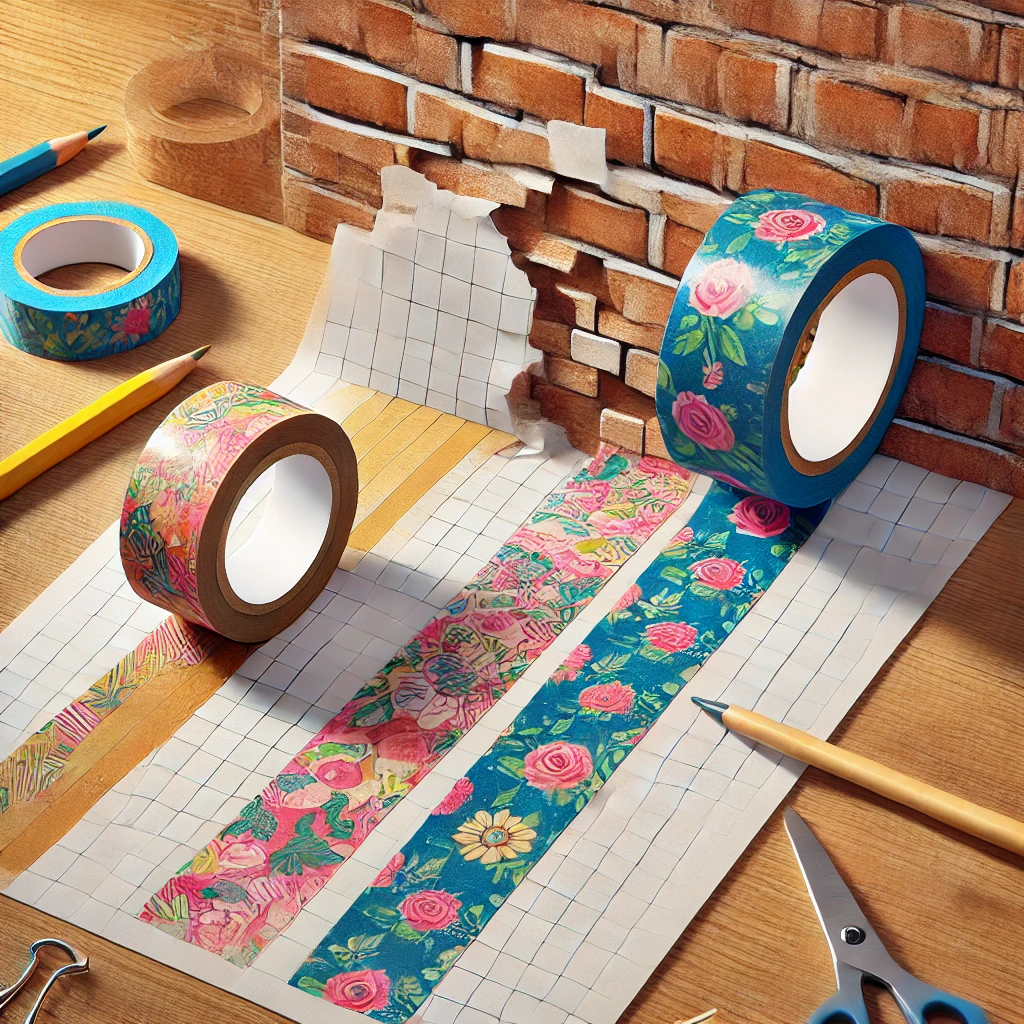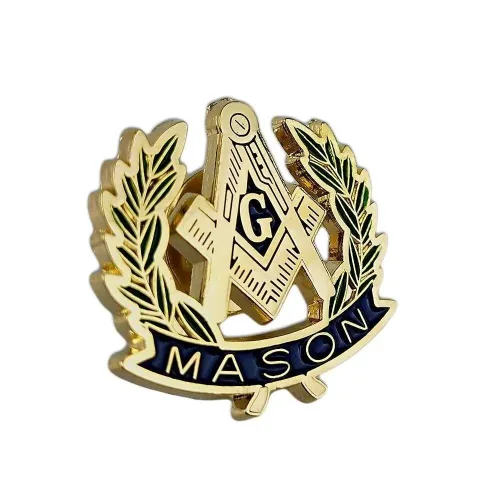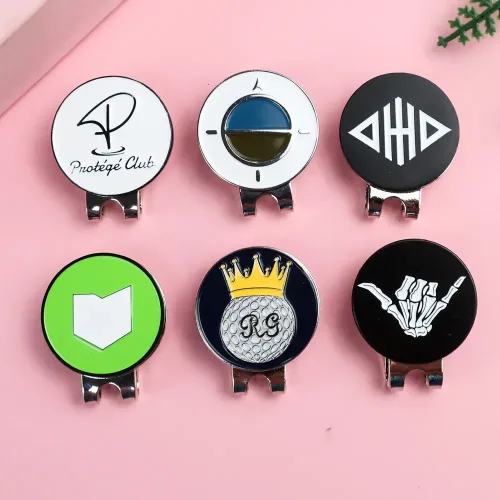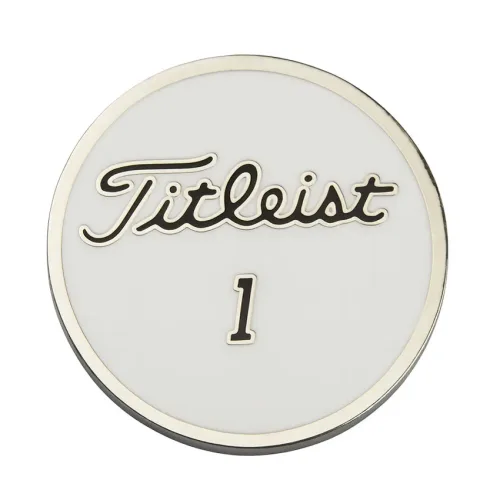
Key Takeaway Is Washi Tape Repositionable?
Yes, washi tape is highly repositionable due to its low-tack adhesive. Unlike standard tapes that are meant to stick permanently, washi tape can be easily peeled off and reapplied to most smooth surfaces without losing its effectiveness. Whether you’re using it for journaling, wall decorations, or other crafting projects, washi tape offers the flexibility to experiment and adjust designs without damaging your surfaces or leaving any residue behind. However, its repositionability is affected by environmental factors like dust and humidity, and after multiple uses, its adhesive strength may gradually weaken.
Is Washi Tape Repositionable? Everything You Need to Know
Washi tape is a favorite among crafters and DIY enthusiasts for its decorative patterns and gentle adhesive. But one of the most important features that sets washi tape apart is its ability to be repositioned. Whether you’re redecorating, working on a journal, or simply looking for a versatile adhesive, the question often arises: Is washi tape repositionable? In this post, we’ll explore the unique qualities of washi tape’s adhesive, how and where it can be repositioned, and tips to maximize its repositionability.
What Is Washi Tape and How Is It Different from Other Tapes?
Washi tape is a decorative adhesive tape that originated in Japan and is made from natural fibers like rice paper. Known for its vibrant patterns and delicate texture, washi tape stands out for its versatility in crafting, journaling, and even temporary home decor. But unlike most tapes, it’s designed to be low-tack, meaning it’s much less sticky than regular adhesive tapes like duct or masking tape. This characteristic is what makes it easy to peel off and reposition multiple times without leaving behind any sticky residue.
The purpose of washi tape is not to create a permanent bond but to provide a decorative, reusable adhesive that allows flexibility in placement. Its adhesive is soft enough to be repositioned without damaging the surface underneath, which is why it’s favored for projects where precision and flexibility are essential.

Is Washi Tape Repositionable?
Yes, But Here’s Why
The simple answer to the question is yes: washi tape is designed to be repositionable. The adhesive on washi tape is low-tack, meaning it sticks lightly to surfaces without creating a permanent bond. This allows the tape to be peeled off and reapplied several times, making it a flexible option for projects where you may want to make adjustments. For example, if you’re using washi tape to frame photos on a wall or add decoration to a journal, you can reposition it easily to get the perfect placement.
The repositionable quality of washi tape makes it a favorite for creative projects, as it offers the freedom to experiment with design and layout without the worry of ruining your work.
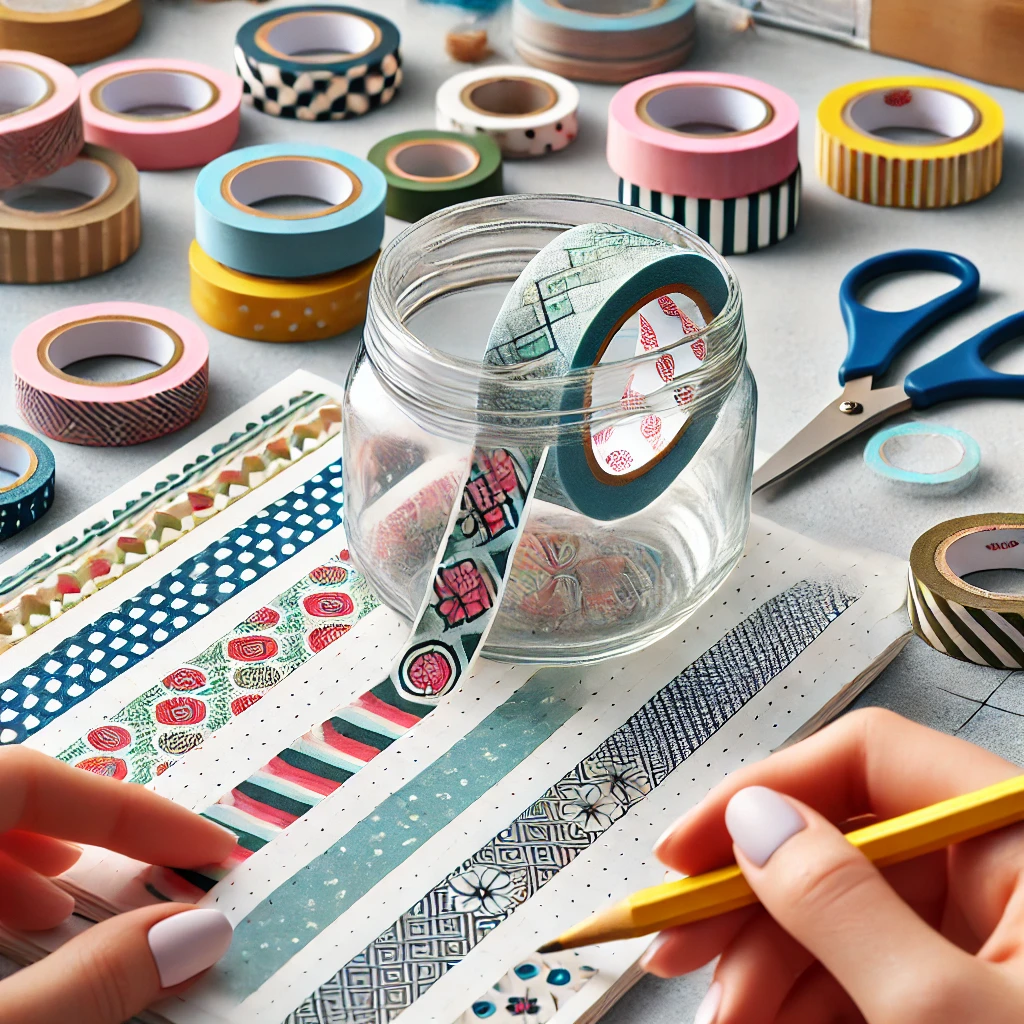
How Many Times Can You Reposition Washi Tape?
While washi tape can be repositioned, its adhesive strength does diminish with each application. Typically, you can reposition the tape two to three times before it starts to lose its tackiness. After each use, the adhesive picks up dust, fibers, or oils from surfaces, which can weaken its hold. However, as long as it’s applied to smooth, clean surfaces, washi tape can maintain its stickiness for a reasonable amount of repositioning.
Repositioning the tape too often on textured or rough surfaces, such as brick walls or fabric, will cause it to lose its adhesive much faster. That’s why, to get the most out of its repositionability, it’s best to use washi tape on smooth, non-porous surfaces.
